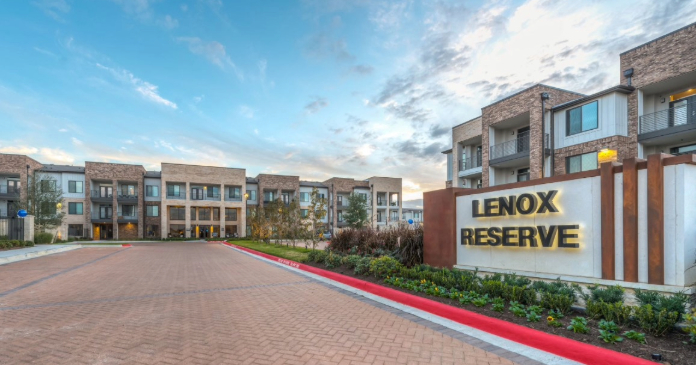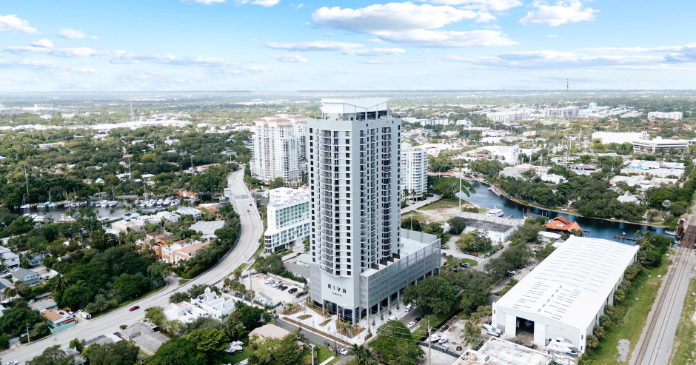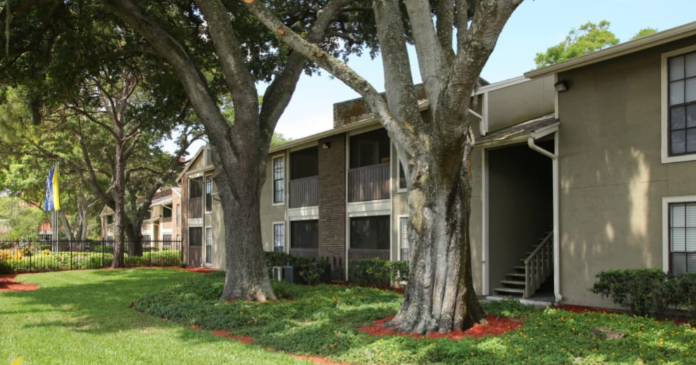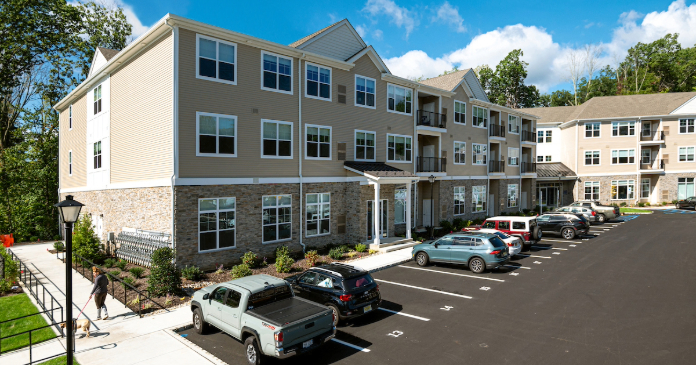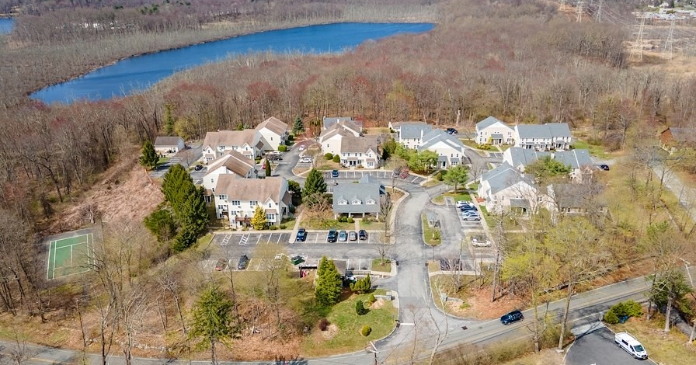On August 9, the U.S. Federal Reserve raised short-term interest rates by another quarter-point.
The move, in response to inflationary pressures that include growing energy prices, pushed the Federal funds rate up to 3.5 percent. This was the 10th increase in 14 months in the rate that banks charge each other on overnight loans and left this benchmark rate at its highest level since August 2001. Analysts believe the Fed will continue to use incremental increases in key rates to stem inflationary pressures and curtail growth of speculative debt.
The Mortgage Bankers Association sees robust economic growth of 3.5 percent through 2007. This year’s total residential mortgage production will be $2.74 trillion, logging the third-biggest year behind 2003 and 2002.
The 2005 multifamily market is expected to match 2004’s market performance in volume. Active property sales and refinancings are the fundamental market drivers. This will be the front end of an elevation of refinance activity due to the maturing of a significant volume of loans made a decade ago.
“At about 3.5 percent, economic growth will be solid this year, despite a drag from sharply higher energy prices and a widening trade deficit,” says Doug Duncan, chief economist and senior VP of research and business development for MBA. “Housing will continue to be a major contributor to economic growth. We expect the string of record-high home sales to continue for the fifth consecutive year. The labor market will remain strong, even with an expected pickup in productivity in the second half of the year. Core inflation should edge higher this year but remain near the Fed’s target of 1.5 percent. The Fed is expected to continue its modest tightening through next year to ensure that inflation remains under control. Long-term rates will remain quite low, supporting residential and commercial real estate finance activity,” Duncan adds. “Long-term rates should gradually increase from current levels by 20 to 30 basis points by the end of 2005, and another 40 to 50 basis points during 2006, finally reaching about 6.25 percent for a 30-year, fixed-rate mortgage in 2007. Despite a moderate increase from a currently low-rate environment, interest rates will still be quite low by historical standards.”
Key points of the latest MBA forecast:
– Real GDP growth will average 3.5 percent in 2005 through 2007.
– The unemployment rate will decline from the current level of about 5 percent to 4.9 percent by the beginning of 2007. The labor market is expected to add an average of about 180,000 jobs monthly.
– Fixed mortgage rates will rise from today’s 5.5 percent to an average of 5.7 percent in the fourth quarter of 2005, 6.2 percent during the fourth quarter of 2006, and 6.3 percent in 2007.
– Existing-home sales will increase by 2 percent to a new record level in 2005, but pull back by about 3 percent in 2006 and decline another 2 percent in 2007. New-home sales will also rise by nearly 2 percent to a record high in 2005, and slip by 4 percent in 2006 and about another 3 percent in 2007.
– Home price appreciation is expected to moderate this year, with median existing home prices increasing by 6.8 percent during 2005, and 5.5 percent for new homes, compared with 9.3 percent and 13.3 percent in 2004, respectively. Price gains in 2006 and 2007 are expected to slow further to a more sustainable pace of 4 to 5 percent.
– Residential mortgage originations for purchase loans will increase to $1.62 trillion in 2005, edging up to $1.64 trillion in 2006 and $1.68 trillion in 2007. Residential refinance loans will decline to $1.12 trillion in 2005, $863 billion in 2006 and $791 billion in 2007.
– Mortgage bankers appear to be on pace to exceed last year’s record volume of commercial loan originations. Commercial mortgage activity should remain strong as rates remain low, yield-maintenance clauses expire and loans get refinanced, and the strengthening economy improves underlying commercial property economics.
There are both upside and downside risks to this forecast. On the upside, a rebound of inventory investment could boost growth in the second half of the year by more than projected. On the downside, higher oil prices, higher core inflation or more aggressive tightening by the Fed could result in slower economic growth than projected.
For more information, visit www.mortgagebankers.org.












